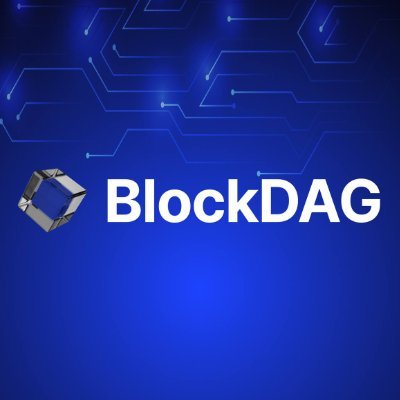The BlockDAG Network has recently gained attention for its potential to address the environmental impact of cryptocurrency mining. According to a study published in PNAS, cryptocurrency mining accounts for a significant amount of global energy consumption, with Bitcoin and Ethereum being the top contributors.
To combat this issue, the BlockDAG Network proposes a partnership between cryptocurrency mining and green hydrogen production. This innovative solution would reinvest mining profits into clean energy projects, promoting both sustainability and broader adoption of cryptocurrencies.
Bitcoin, which operates on a Proof-of-Work (PoW) consensus mechanism, has traditionally relied on energy-intensive mining operations. However, the PNAS study suggests a shift towards clean energy sources for Bitcoin mining, with energy companies or climate-focused groups undertaking mining activities. This move aims to democratize the industry and direct mining profits towards sustainable energy projects.
Another solution to reducing the environmental impact of mining is seen in Ethereum’s transition from PoW to Proof-of-Stake (PoS) consensus mechanism. This shift, known as the “Merge,” has significantly reduced Ethereum’s electricity consumption and carbon footprint. Under the PoS mechanism, stakeholder wealth plays a crucial role in block creation, eliminating the need for energy-intensive mining devices.
The BlockDAG Network offers a unique approach to transaction processing through its use of Directed Acyclic Graphs (DAGs). This structure allows for parallel processing and scalability, making it a more energy-efficient alternative to traditional blockchain networks. With their mining solution, the BlockDAG Network aims to democratize access to the cryptocurrency industry by allowing individuals to participate in mining using affordable rigs.
Through these innovative solutions, Bitcoin, Ethereum, and the BlockDAG Network are paving the way for a greener and more sustainable future for the cryptocurrency industry. By embracing innovation, inclusion, and sustainability, these projects can contribute to a more resilient digital future.

